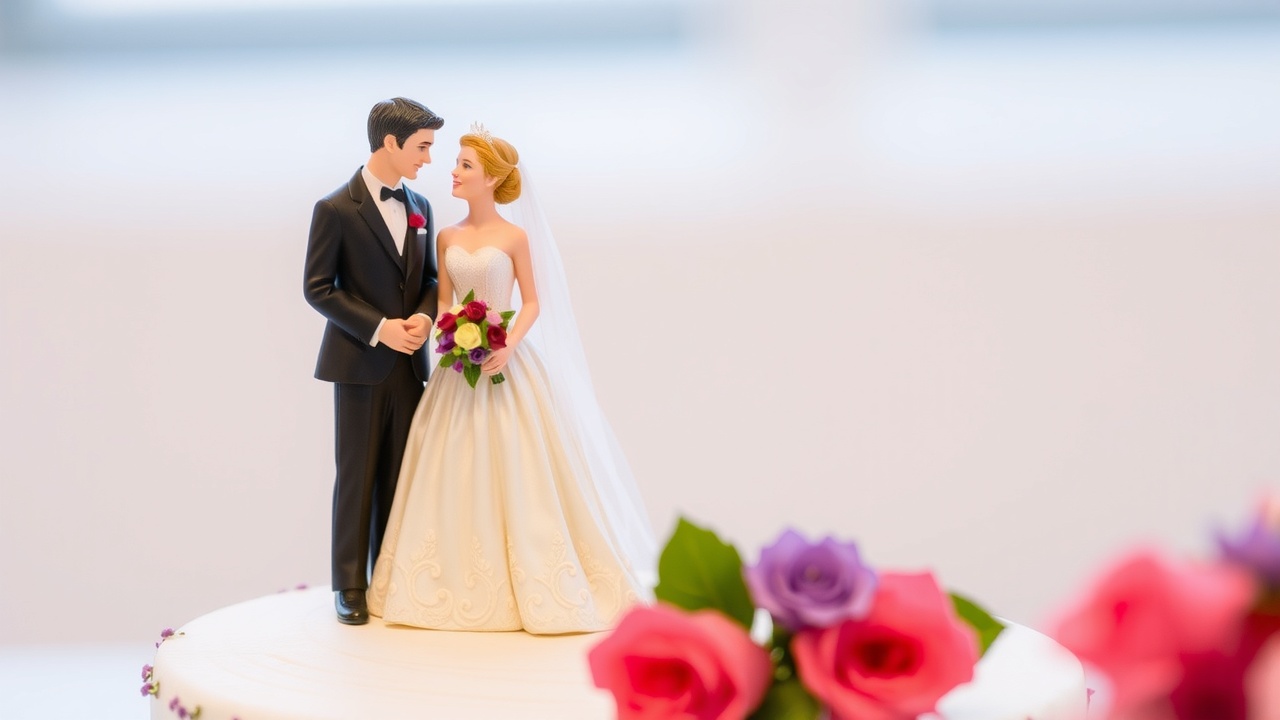
By claiming the allowance, married couples and civil partners could receive a backdated lump-sum payment of more than £1,000 and save up to £252 in taxes annually
Civil partners and married couples have only a few weeks to take advantage of a tax break that could save them up to £252 annually.
The tax break, which permits husbands, wives, and civil partners to transfer a portion of their tax-free personal allowance to their higher-earning partner, currently benefits over 21.1 million couples.
But according to HMRC, 42% of couples could benefit from the tax break, which means that over 2 million couples might be losing out.
Couples may save an additional 1,006 for any tax year since April 5, 2020, by backdating their claim by up to four tax years in addition to this year's allowance.
According to HMRC, the most common month for marriage allowance applications is March, as couples scramble to submit their claims before the tax year ends on April 5.
Many people are not aware that they qualify for the tax benefit, according to HMRC. This is especially true for couples where one partner has retired, quit their job to care for others, works part-time or for a low salary, or is unable to work because of a chronic illness.
Around two-thirds of people in their sixties are married or in civil partnerships, according to HMRC. Many couples in this age group might not be aware that they are eligible to receive marriage allowance if one partner is still employed after they have retired.
"We want every eligible couple to benefit from marriage allowance tax relief," says deputy chief executive Angela MacDonald of HMRC. When a couple's circumstances changefor example, one partner quits their job or accepts a lower-paying positionthey might not be aware that they have the right to make a claim.
According to HMRC, a person can determine their eligibility for the allowance in as little as 30 seconds using its online marriage allowance calculator.
How much is the allowance for marriage?
When one spouse pays basic-rate income tax and the other does not, or when their income is less than the 12,570 personal allowance, the marriage allowance is applicable.
Consequently, the higher earner's income must fall within the range of 12,571 and 50,270 (or 43,662 in Scotland).
Either a civil partnership or marriage is required of the couple. Cohabitation is not considered.
The way the marriage allowance operates is by giving the spouse or civil partner who makes more money up to 1,260 (10 percent) of the lower-earning partner's personal allowance. This is reflected in new tax codes.
You are eligible to apply as long as you receive a tax-free personal allowance, regardless of whether you currently receive a pension or reside overseas.
The birthdates of both partners must be April 6, 1935, or later. If not, you can apply for the Married Couples Allowance, which offers tax relief of between 401 and 1,037.50 annually.
Is there anything I can save?
For the tax year 2024 - 2025, the marriage allowance can reach up to £252 annually. The precise sum is determined by the earnings of both partners. You can use the government's marriage allowance calculator to see how much you could save.
Even though the couple will still pay less in taxes overall, one person may have to pay more tax while the other pays less when a portion of the personal allowance is transferred.
You won't have to keep reapplying if you're eligible and your application is accepted; you'll automatically receive the tax break every year after that.
Additionally, the government will determine whether you are eligible for tax relief for prior years, starting in 201920. The annual maximums are as follows.
2024/25 - 252 2023/24 - 252 2022/23 252 2021/22 252 2020/21 250 Therefore, you will receive a lump sum payment of 1,006 if you have received the maximum amount for the previous four years.
Couples could save a total of 1,258 when combined with the 252 tax bill savings for the current tax year.
In what way can I apply?
It is quick and simple to use. Applying is required of the non-taxpayer and can be done online at HMRC. Within 24 hours of submitting your application, you will receive an email confirming it. If it is accepted, you will receive a new tax code in a few days.
If you are having trouble completing the online application, you can apply by writing to HMRC or by self-assessment if you are already registered and send tax returns. For any questions, you can also give 0300 200 3300 a call.
Don't be tempted to use a third party; instead, apply for the marriage allowance through the official website. When looking for "marriage allowance" online, be cautious because some companies might charge you for the application.
Nearly half of the tax benefit may be lost due to fees, which can reach up to 48% of the tax relief's value.
Do not forget that applying on the government website is free.
According to MacDonald, "you get to keep 100 percent of the tax relief due by applying on gov . uk, rather than through a third party."
Be wary of scams, too. If you have any doubts about a text message purporting to be from HMRC, forward it to 60599; if it's an email, forward it to phishing@hmrc . gov . uk.
You can cancel online or by calling HMRC if your situation changes and you are no longer eligible for marriage allowance.
If your income surpasses your reduced personal allowance (due to the marriage allowance) and you receive the full state pension, be prepared for an unexpected tax bill. Read more about how the rising state pension is causing "marriage allowance mayhem" for pensioners.
HM Revenue and Customs: Learn More.


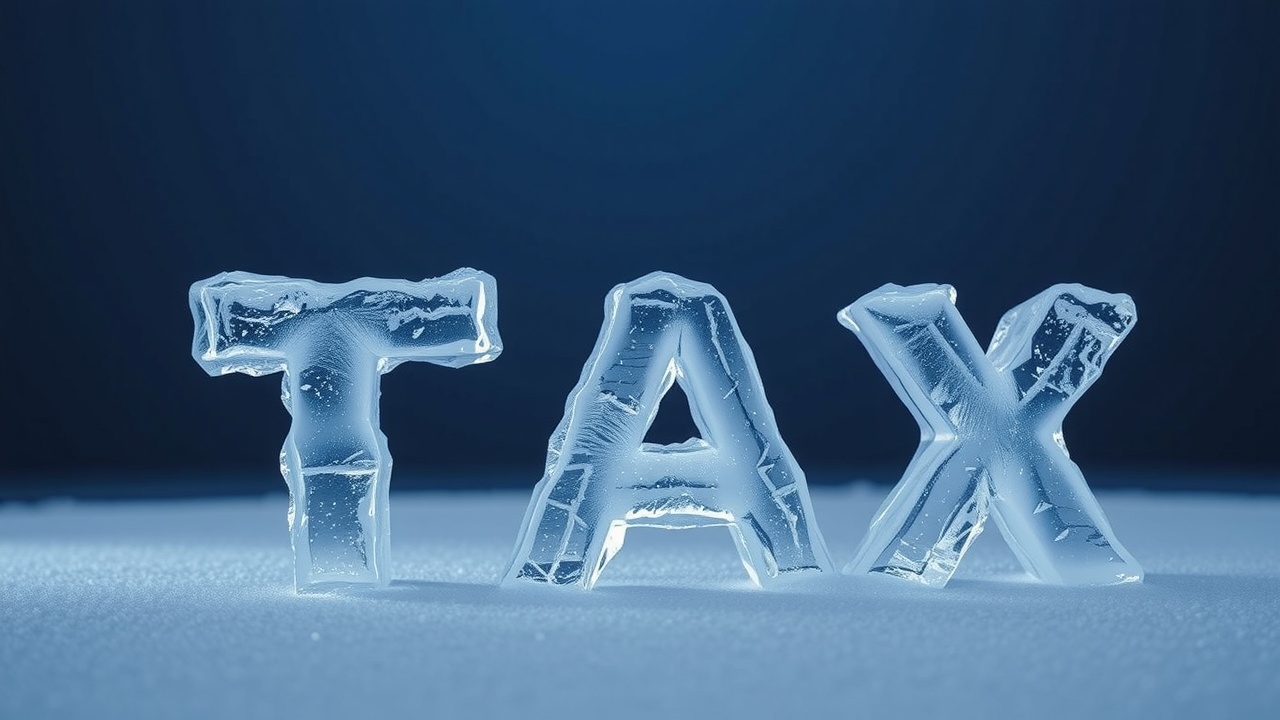
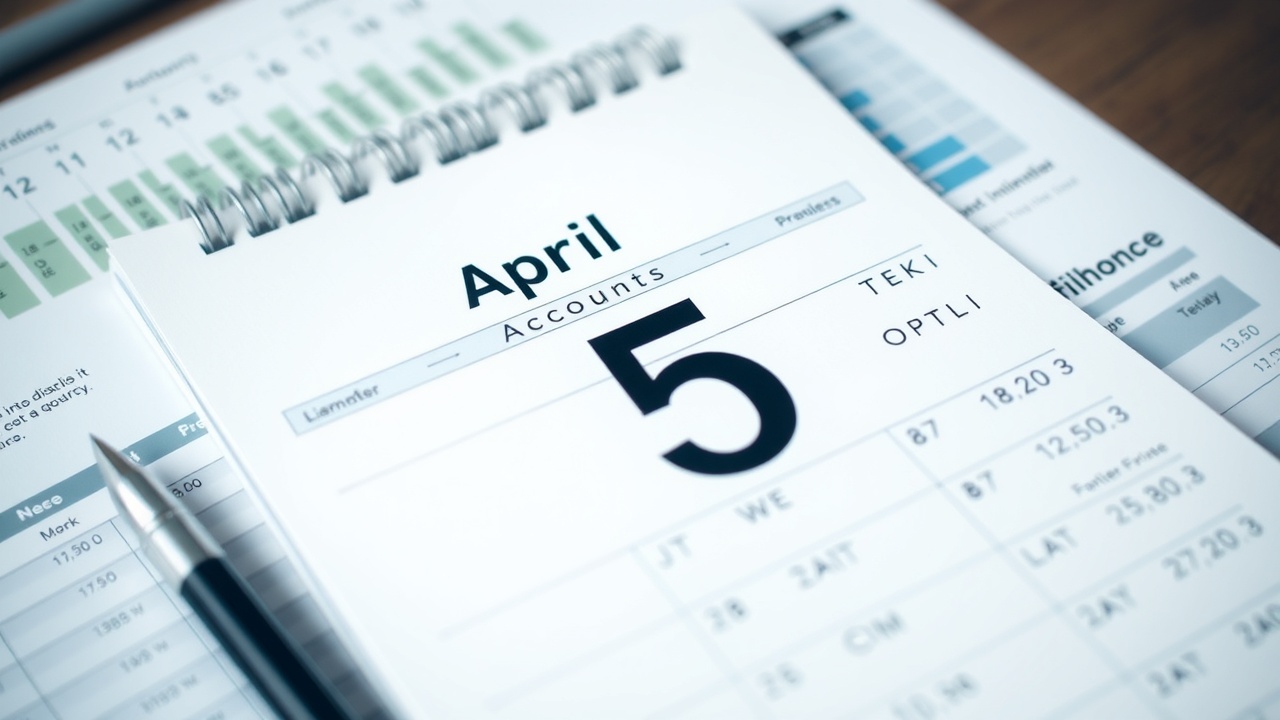
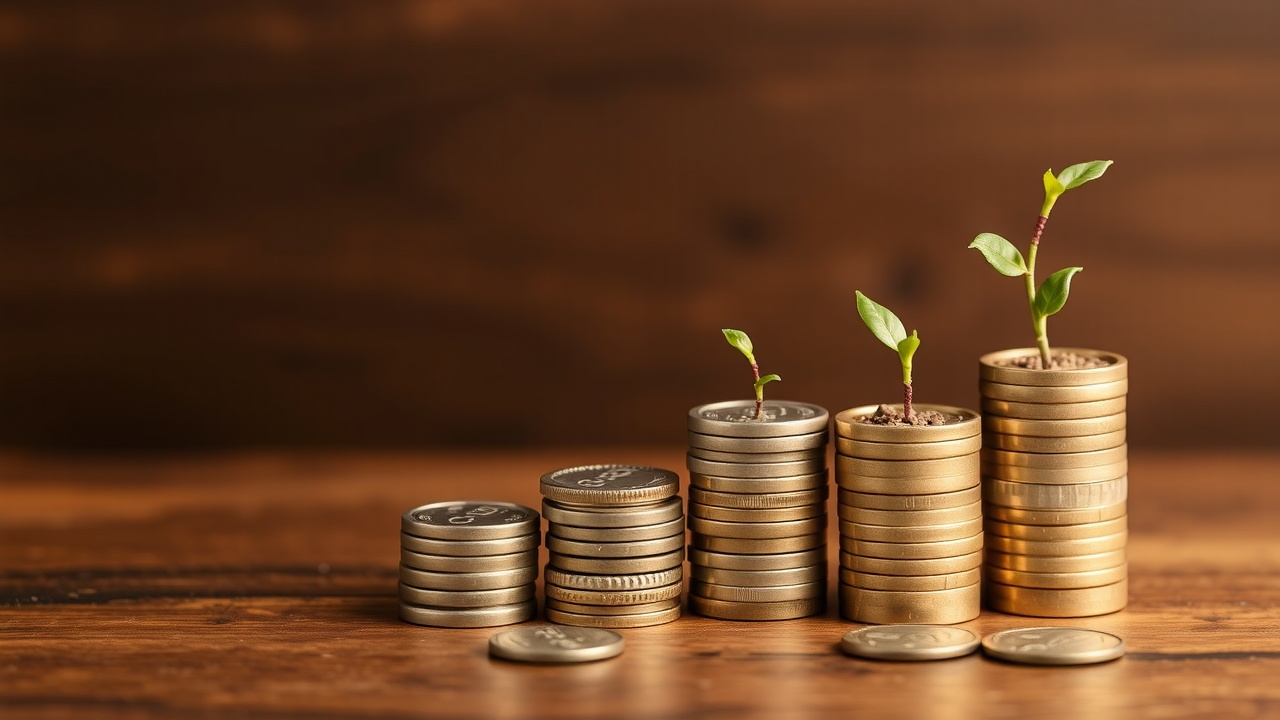
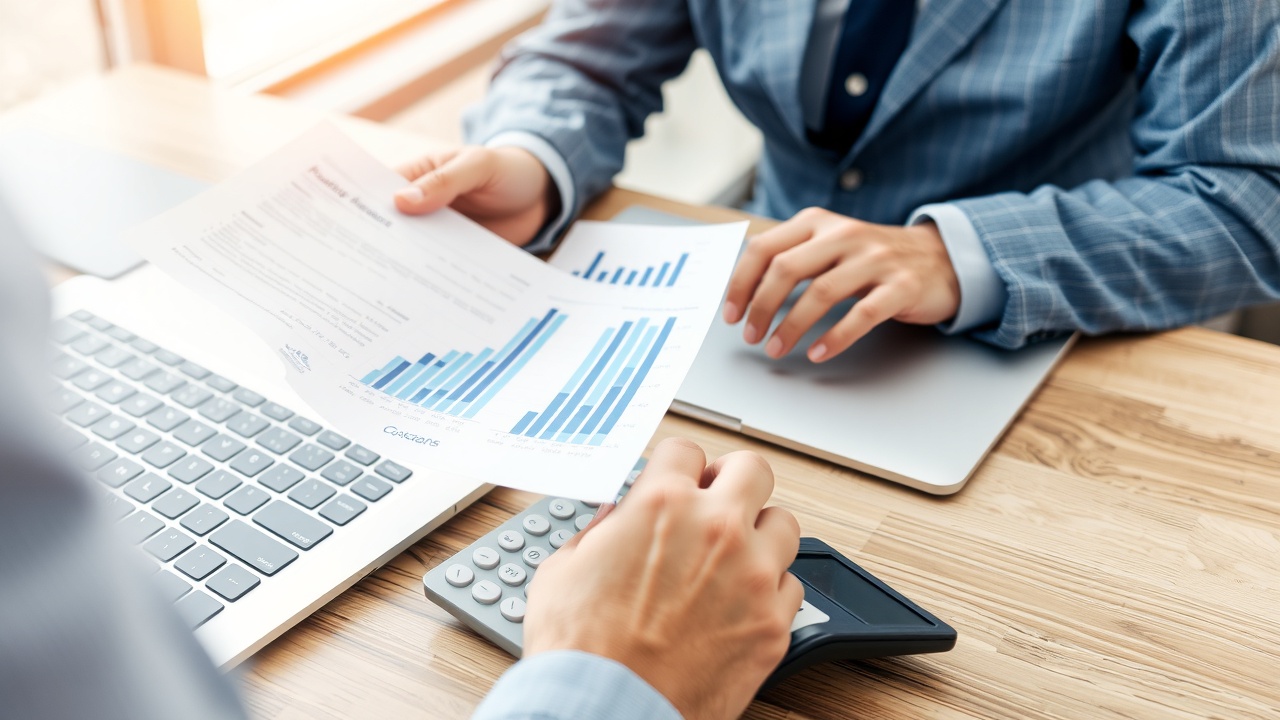








Leave a comment on: Applying for the marriage allowance before the end of the tax year is advised for couples